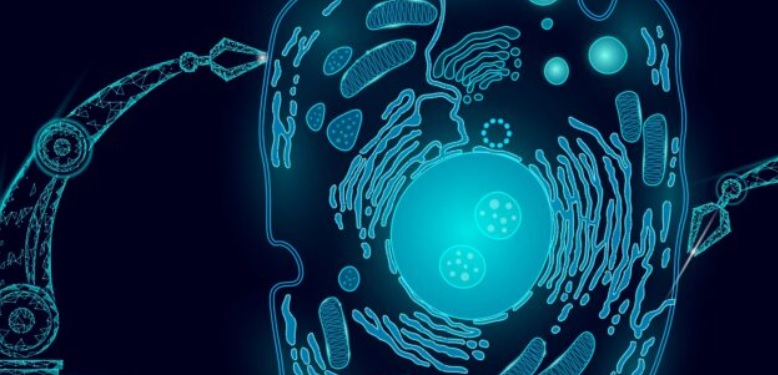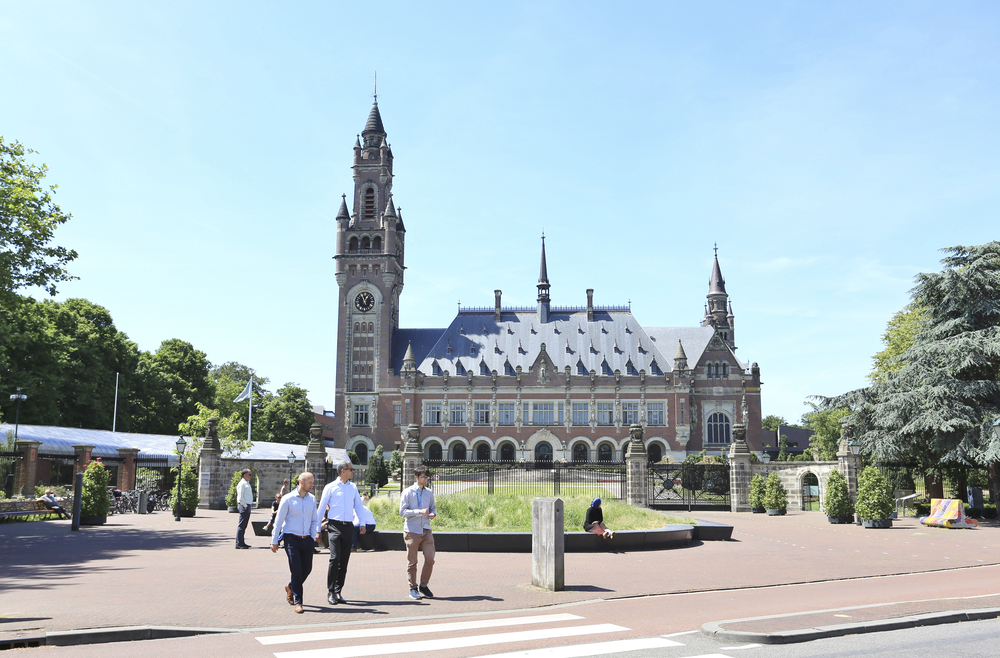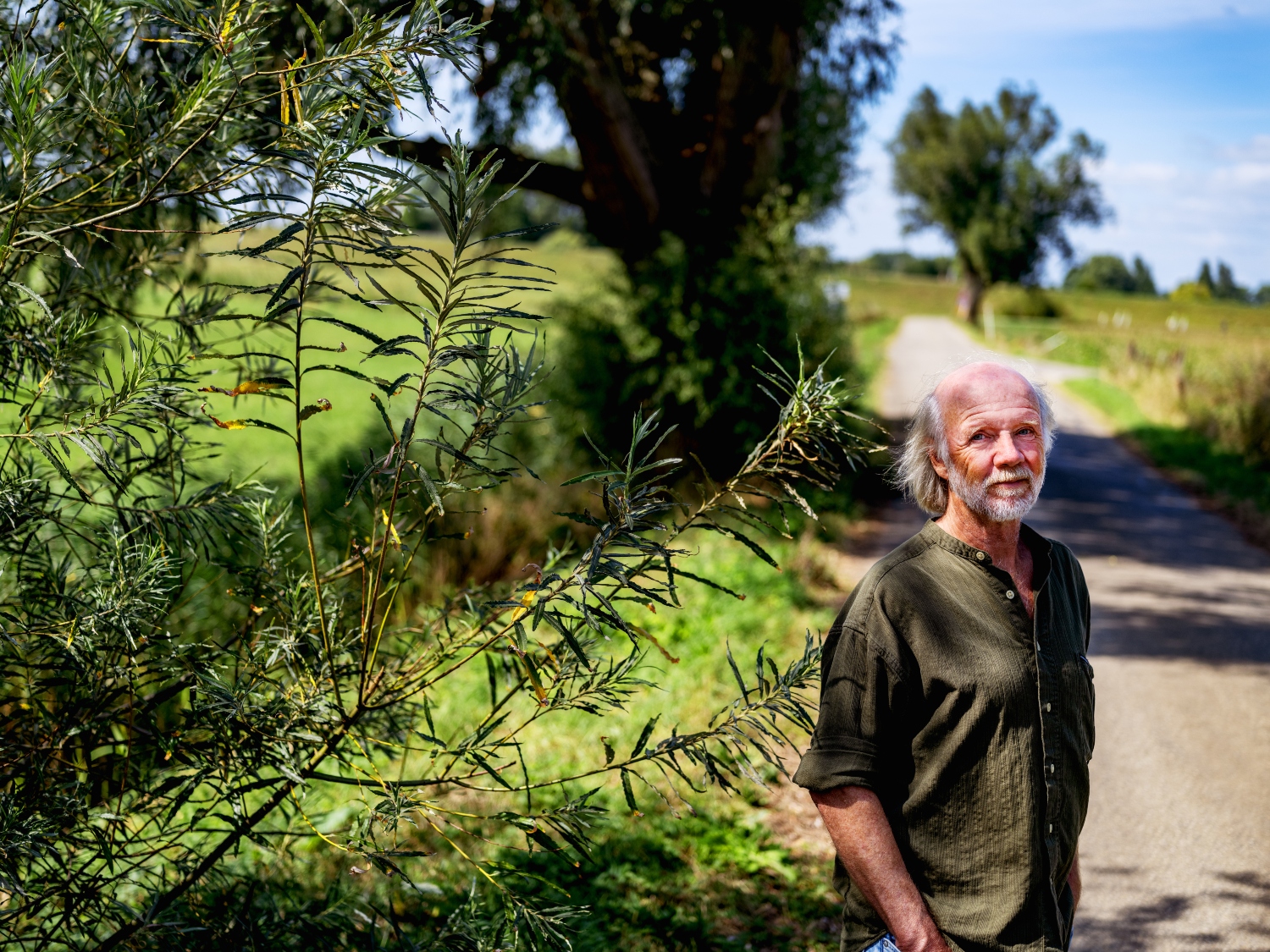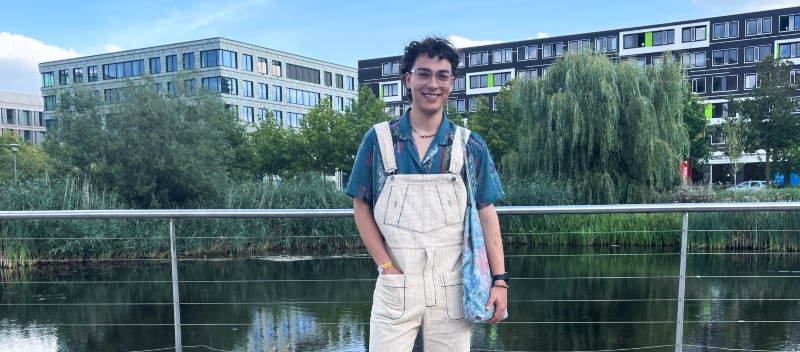Humans have used micro-organisms since time immemorial. For the production of beer and cheese, for example. In biotechnology, this activity has been elevated to an art form. However, this often involves a single type of bacterium or fungus that is stimulated into production. Imagine the possibilities if different types of micro-organisms were to collaborate in a controlled manner.
This is the main idea behind the WUR contribution to the new Centre for Living Technologies. This virtual centre is a collaborative initiative by WUR, TU Eindhoven, University of Utrecht and Utrecht Medical Center. The newly launched website states that scientists of these four institutes join hands to ‘introduce new functions in living (multi)cellular systems’.
Together
‘All of the partners work with living cells’, Diana Machado de Sousa clarifies. She represents WUR on the centre’s board. ‘Microbes are off course different from humans. Microbes are single cellular, humans are multicellular. But microbes can act as a kind of multicellular organism when in microbial communities. On a higher level they function together and are able to do different things than when they are alone.’
The goal is to create added value by bringing the right microbes together
Diana Machado de Sousa, Microbiology
Machado de Sousa aims to encourage this collaboration by stimulating micro-organisms into teamwork. ‘The goal is to create added value by bringing the right microbes together, for example, because they exchange and use each other’s metabolites.’ This is common in nature, but utilization of this concept to create highly defined and controllable microbial catalysts is a relatively new concept in biotechnology.
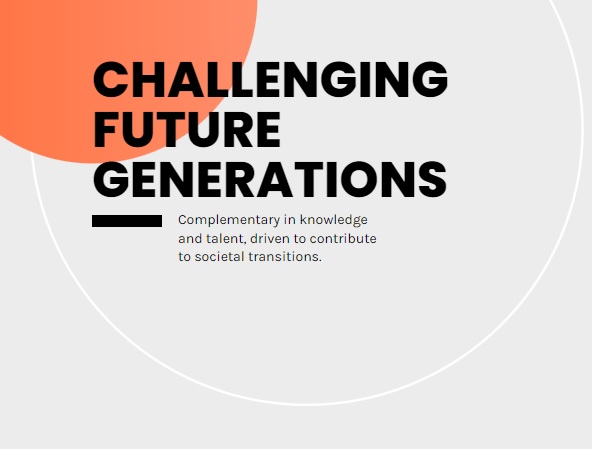
The microbe-mixes will be synthetic, because they are assembled in the lab. ‘But the aim is also to integrate it with synthetic engineering to create special links between microbes in order to make them cooperate better’, Machado de Sousa says. ‘In a way that they over-express certain metabolites that are needed in a food chain, for example.’
Knowledge Alliance
The Centre for Living Technologies is part of a more extensive collaboration of the four parties. This so-called Knowledge-Alliance was launched two years ago. In addition to Living Technology, there is collaboration within the domain of Preventive Health, Circular Society, Artificial Intelligence in Health Care and Unusual Collaborations.
The new centre has a six-million-euro budget for four years. These funds will go towards recruiting researchers, buying equipment and organising platform activities. The first online workshop on synthetic microbe communities is to take place on 17 March. This event is open to researchers from the partner institutions.

